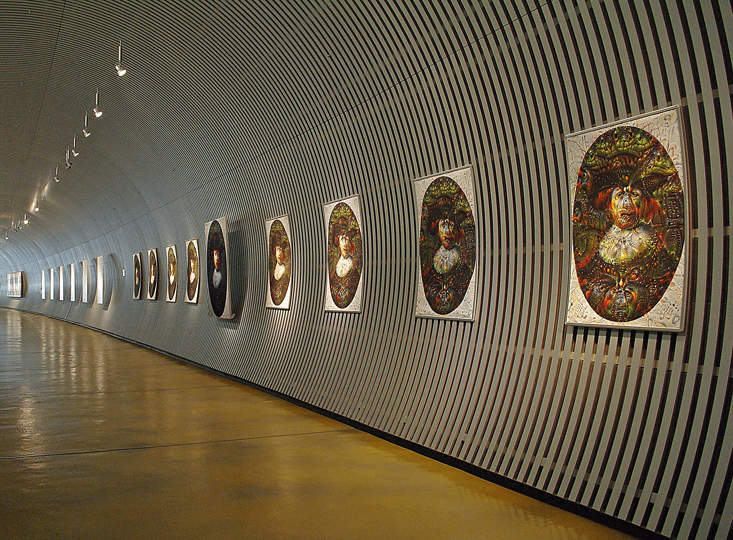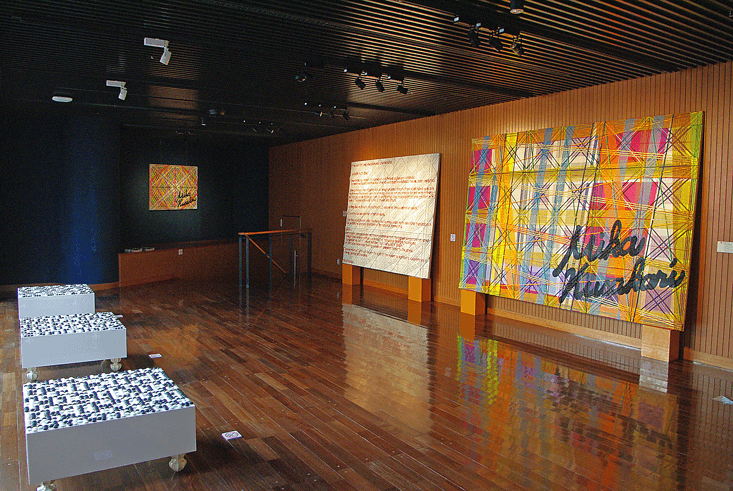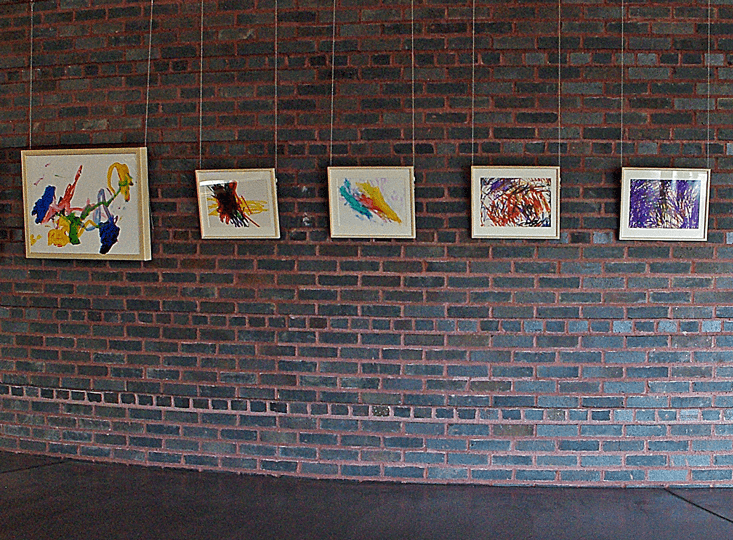
Cellist Jan Vogler believed that art makes us human. But what if machines, too, will begin to create art? Above, for example, you can see that they were able to create all sorts of artificial intelligences in a creative field. The right image is a computer AI that learns in the pictures with the graffiti. It controls the plotter, which sprays water on the concrete blocks (left). The resulting patterns are a form of computer art.
If you can call it real art? If Yes, then we have to accept the fact that some part of our humanity – the part which said Vogler – will be mastered by machines. If not, we can take comfort from the fact that although machines are art, in that art is not a fine art.
When art is created to meet the needs of a third party – in this case, a programmer who teaches computer, is illustrative or commercial art, not high art. So AI was able to produce a product of high creativity, it must be its own product: Autonomous and independently created machine, forged her own aesthetics. Only in this case, art will cease to be a passive product of human creativity.
Will there ever be a true faux artist?
8 January 2018, an exhibition was held, devoted to the aesthetics and art of artificial intelligence in the Okinawa Institute of science and technology (OIST) in Okinawa, Japan. The focus of the exhibition was the concept of the true fine art of artificial intelligence. The only problem for the curators of the exhibition was that art in this category does not yet exist.

To get around this inconvenient fact, the exhibition stands were divided into four categories: human art and human aesthetics; human art and machine aesthetics; machine art and human aesthetics; native art and machine aesthetics. In the first category was a collection of ordinary human art since the Renaissance. In the second and third categories are the collection of hybrid human-machine art. In the fourth category was not native art, because it does not reflect the aesthetics of the machine. In this category the stands were almost empty.
Each category teaches us his lessons. The art in the first category shows the historical transformation of aesthetics from the perspective of God to man. For the most part the system the art of XX century in the second category includes the minimalist, serial music and visual poetry, is characterized by the use of rules or mathematical forms. System art can be considered open in 1889, the Eiffel tower. Against the construction of the tower was made by many famous artists, including the painter William Adolphe Bouguereau and novelist guy de Maupassant, as seen in her simple appearance and machine design, like a disgusting denial of human aesthetics. The fact that the Eiffel tower attracts many today, was the main lesson of the second category: our aesthetic sense can be changed to mathematics and machines. The third category contains so-called media work created by machines and artificial, and showing that even as a passive product of human creativity and modern AI is able to create objects of beauty.

Together the first three categories of the exhibition describe a shallow arc. We see the birth of man, the author and the birth of AI the author. But will there ever really an artificial artist? Can we expect that aesthetics is born once in a fully machine-a world without human intervention? This question was at the centre of the exhibition is: will the AI ever own aesthetic autonomy?
Plato argued that the “true, good and beautiful” have value in themselves. Beauty has value in itself, not because it serves some other purpose. We do good for ourselves and so on. Allow the machine to create their own fine art, it must satisfy the dictum of Plato and to create without any utilitarian purpose. An open question is whether a machine ever to do so.
One reason for optimism is that people are not the only creatures able to create without the use. For example, chimps can draw for fun. At the exhibition in Okinawa were shown drawings of five chimpanzees and bonobos, belong to the Professor at Kyoto University Tetsuro Matsuzawa, and they are classified in the fourth category, as if to remind us what is possible in this world of pure creativity without human intervention. If the animals drew closer, they would not have been included in this category because back then, art was created not for its own sake.

So AI made it to the chimps, they need to overcome two steps. First, the AI needs to learn to set their own goals. The goal of modern AI are determined by the people who write the code that evaluates how good or bad the algorithm. The first object of machine art, which can be made in the fourth category will require its own evaluation functions.
It is not only possible, but already achieved. In fact, if you visited the exhibition in Okinawa, you would have seen it with my own eyes. Kenji Doya, Professor in the division of neural computation OIST and his team conducted an experiment called “Can robots find their own purpose”. They’ve got a collection of robots made of smart phones on wheels. The robots were free to ride, to find their own place to charge and exchange programs to scan other people’s QR codes. The charge was the equivalent of a meal and the exchange of programmes analogue reproduction. Robots that have not been charged, ceased to work, and those that are not exchange programs, passed on their DNA to future generations. Over time, robots have begun to define their own goals: some have stopped charging to chase other robots, for example. This behavior was not programmed. These results convinced Daya that robots can set goals on their own.
When the AI begin to create high art, we will be able to understand it?
The second step that is necessary in order that the AI did is to develop a secondary goal – that exist only to serve the primary purposes in themselves the primary goal. Suppose, for example, that the primary goal of an organism or machine reproduction. Sex is one of the methods of reproduction and sex will be a sub-goal. To have sex, you need to attract a partner, and it will podmodel. To attract partner, must be cute, and it will be podporodzhje and so on. But people have sex and beauty partner by themselves have become valuable. As sex has become valuable, and art for art’s sake. When AI will determine its own goals, and then begin to pursue them at its discretion, it will be on your way to creating your own high art.
How do we know that the AI has become a real artist? We can understand our own history of art, to encourage the creation of output that we know and understand. On the other hand, untrained AI is likely to create something completely original or even unrecognizable.
This work for AI would be both painfully boring and very stimulating, and actually so will see the progress. Beauty, after all, can not be quantified, and the search for a definition of aesthetics moves art forward. The implementation of AI will bring new aspects of these issues. And then comes the triumph of materialism, the more destructive the specific nature of human kind and opens up a world in which no mysteries, and no God, in which people are just machines. If so, we will see a new generation of artists, and with them, new Eiffel tower beyond our wildest imagination.
Waiting for “robot of Rembrandt”: when machines will start to do really?
Ilya Hel